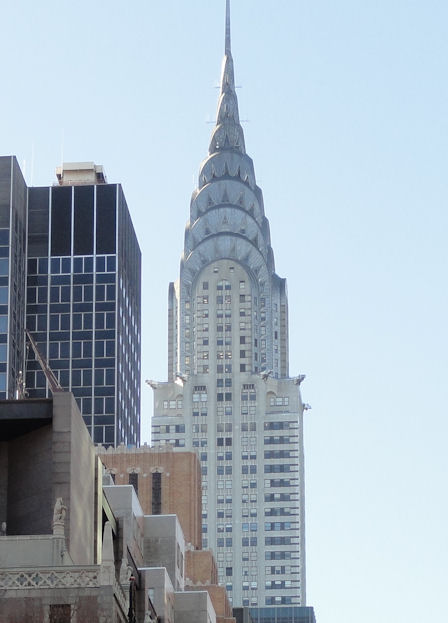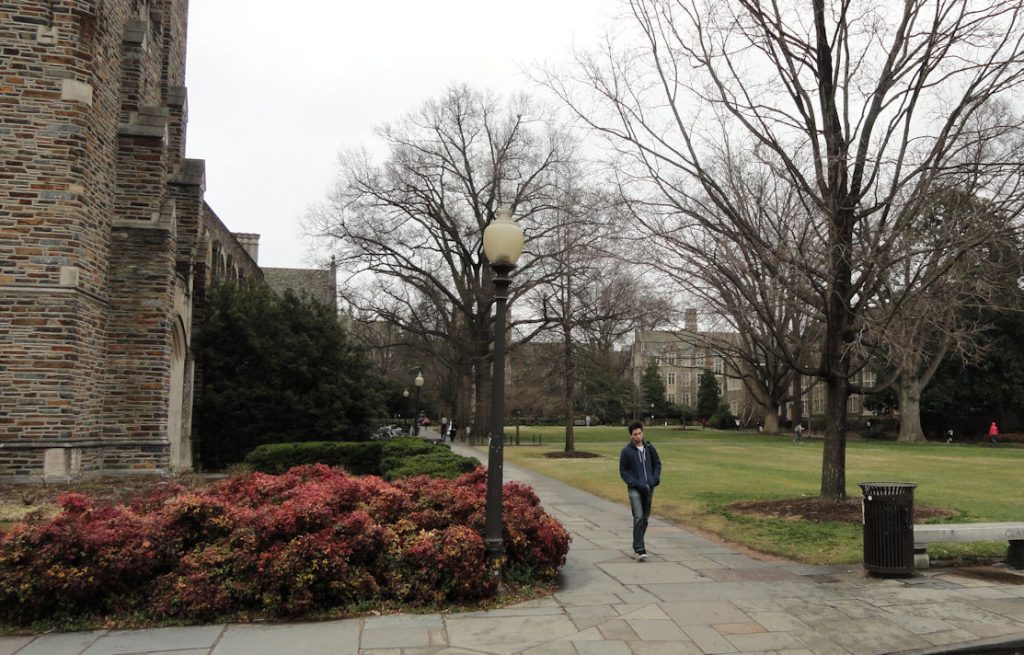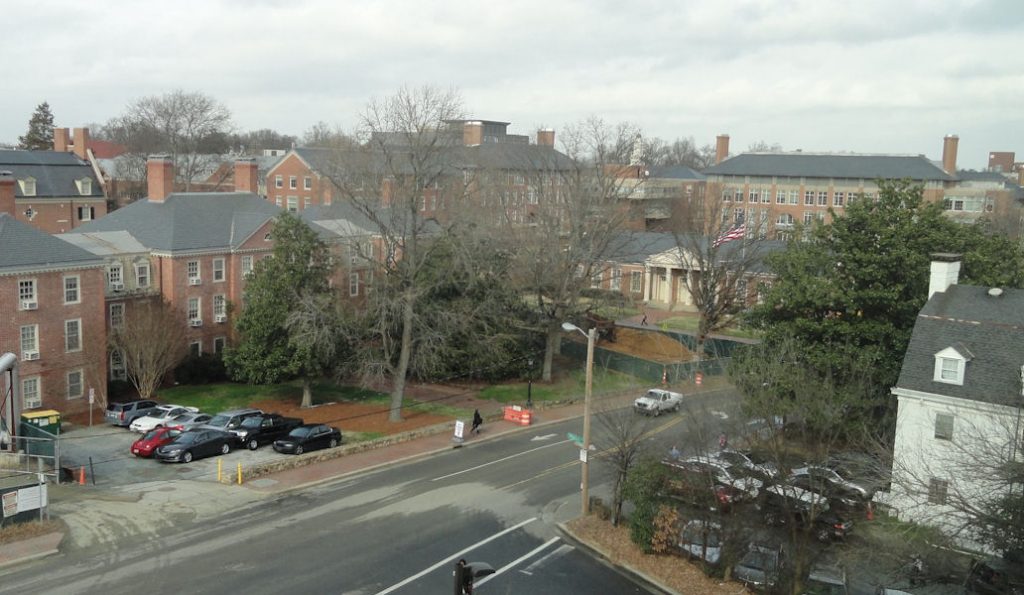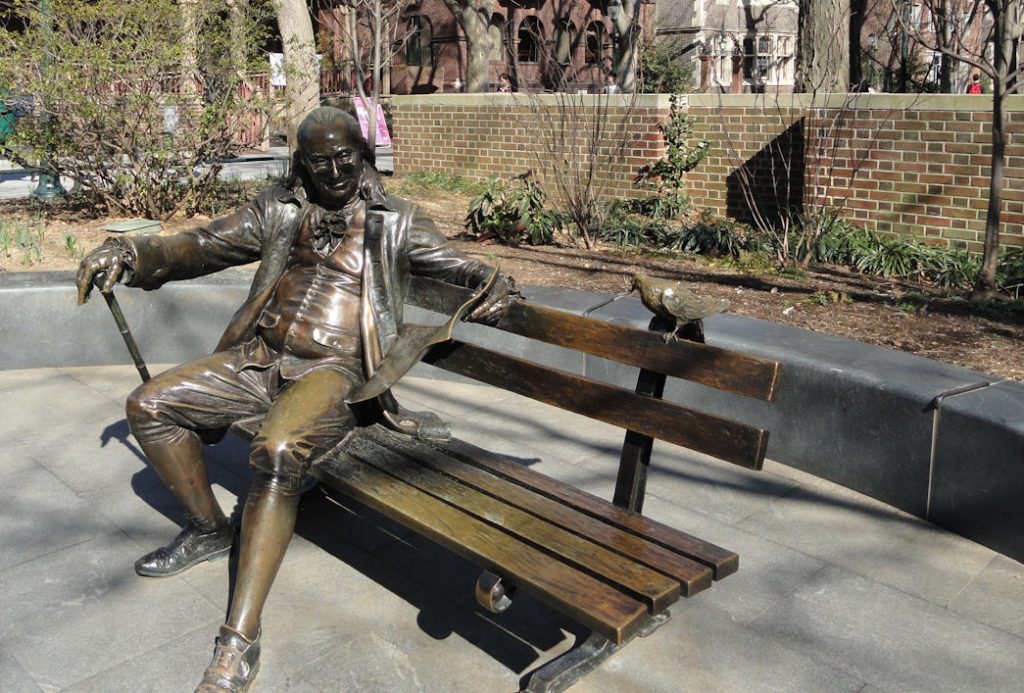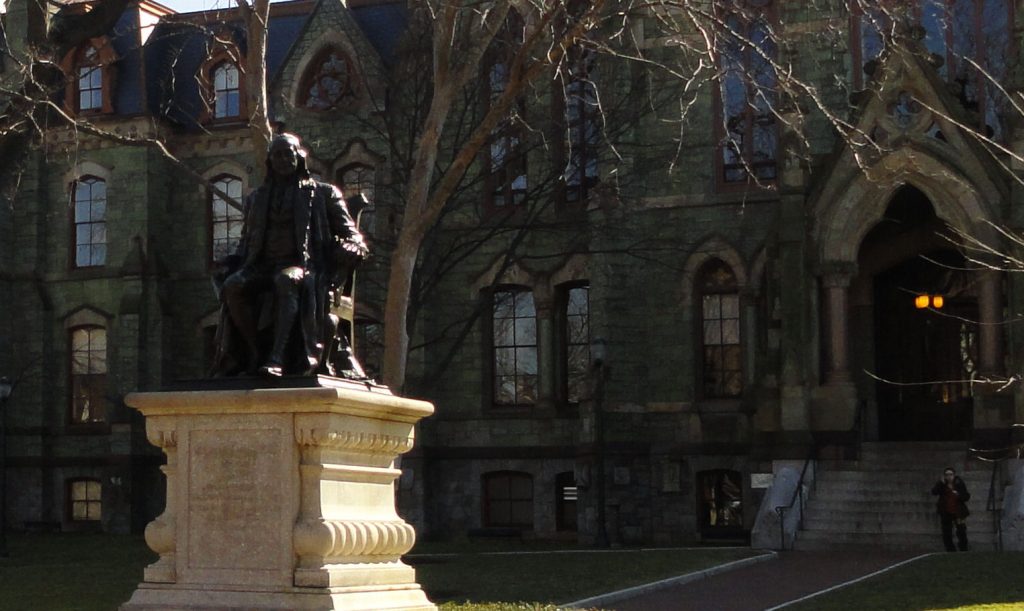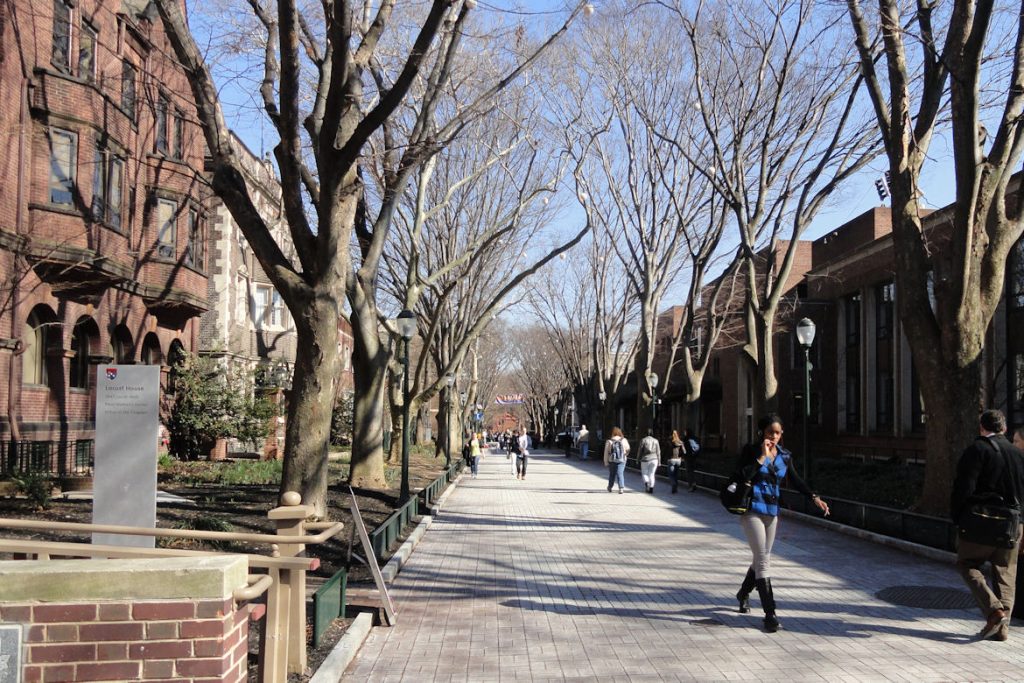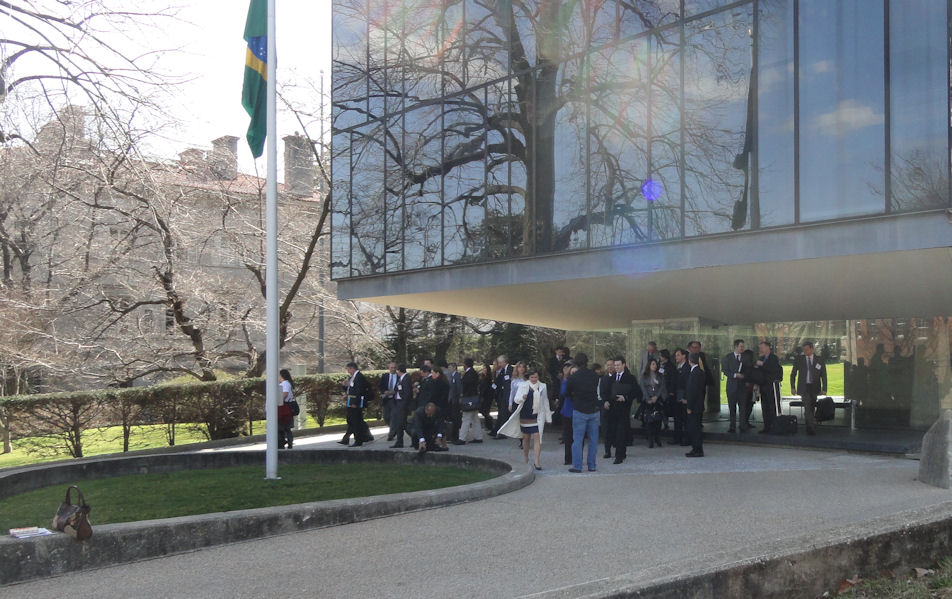
My perception of Science w/o Borders evolved during this visit. At first I saw the simple practical task of moving thousands of Brazilian kids to American universities in order to improve their educational opportunities. Of course, this is still the key task along the critical path, but it is not the big picture or the ultimate destination. The final destination is the internationalization or the re-internationalization (as I wrote in an earlier post) of Brazilian higher education.
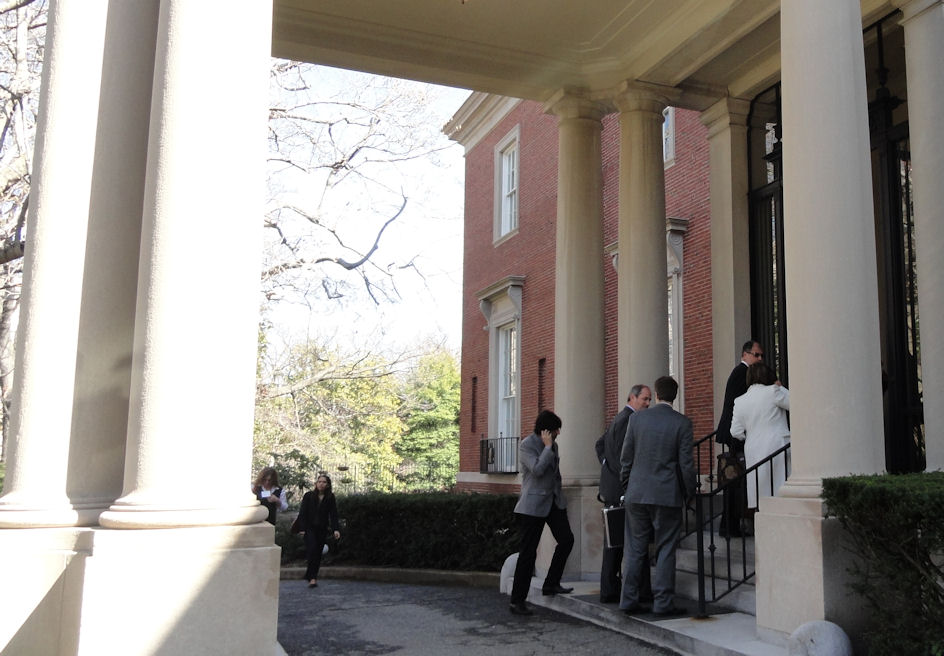
Their American experience will indeed change and enrich the lives of the individual students. But the experience such a large cohort brings back to Brazil will also change Brazilian education. In addition to its size, this is a well-targeted program. The Brazilian students will be chosen from all over the country. They are already in place to become future leaders of the country. Their already sunny prospects will be further brightened by their international experience, the things they learn and the connections they make, not least of which the connections they make among each other, the Pygmalion effect at work.
They will bring greater internationalization to Brazilian education. For each one that travels in the first waves, dozens will follow along the paths created and widened. Beyond that, they will come back with new habits and different expectations.
Our Brazilian friends liked the flexibility of the American system. Brazil still uses something much more like the old inherited European system. There is not a lot of flexibility and tends to be less cooperation among departments than there is today in the U.S. This is true even within universities, not to mention among institutions or with outside private firms. American universities were like this but they had to change to adapt to the new realities, as I wrote in an earlier post.
We couldn’t keep the doughboys in their old habits when they came home after seeing Europe. The popular song “How ya gonna keep them down on the farm after they’ve seen Paree” reflected this. Science w/o Borders affects nowhere near as many people and is nothing like the intensity, but it does have the advantage of concentration. Smaller numbers will have high leverage in the relatively rarefied, if rapidly growing, Brazilian higher-education environment. This is also a time of maximum leverage. Brazilian higher-education is in a transition, as is the country.
I understand that I am repeating many of the same themes. Maybe I should sometime combine related posts and make them more coherent, but I am writing day-to-day.
My picture up top show the SwB group at the Brazilian Embassy, where we were invited to give a readout of our various visits. We had a reception at the residence that evening. The second picture shows the entrance at Meridian House. Meridian House organized the program and we did a discussion there.

